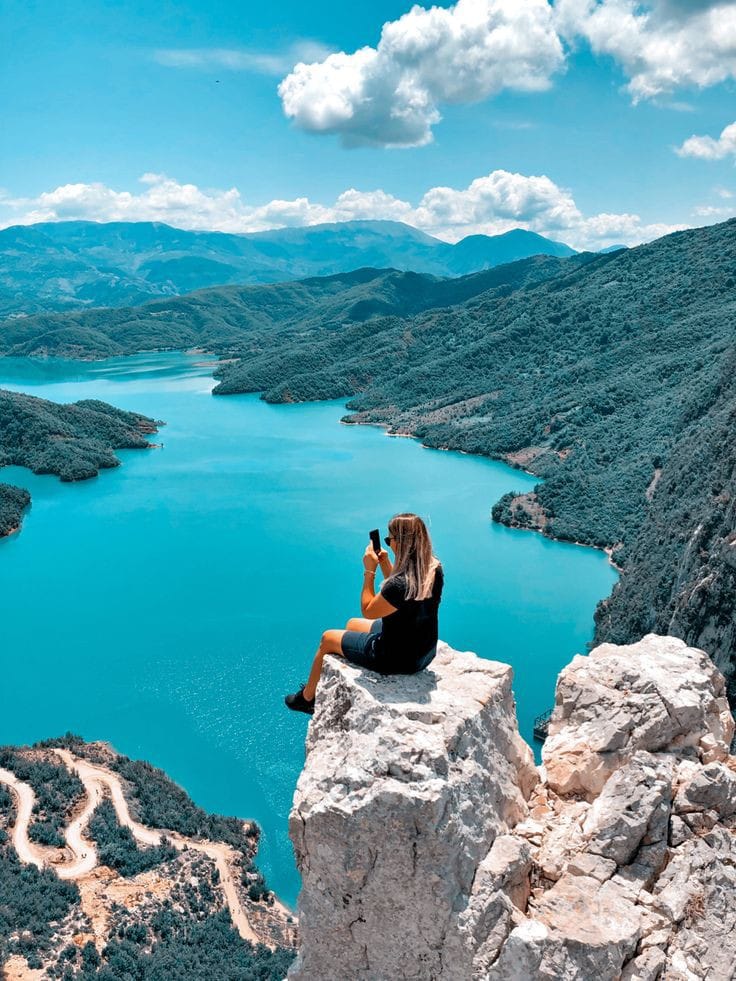15 exiting things you can do and see in a weekend in Tirana
March 26, 2024 || views
1.The Pyramid became brand new!
Built in the 1980s to commemorate a dead tyrant in Pharaonic style, the concrete and glass pyramid in the center of Albania’s capital, Tirana, was falling apart by the time engineers and construction workers arrived to rescue it. The windows were broken. Homeless people were sleeping in its cavernous hall, which was daubed with graffiti and stinking of urine. Empty bottles and syringes littered the floor, which was covered in polished marble when the pyramid — a shrine to Albania’s late Communist dictator, Enver Hoxha — first opened in 1988, but had since been stripped bare by vandals and thieves. Now, after two years of reconstruction work, the building is a glistening temple to Albania’s ambitious hopes for the future.
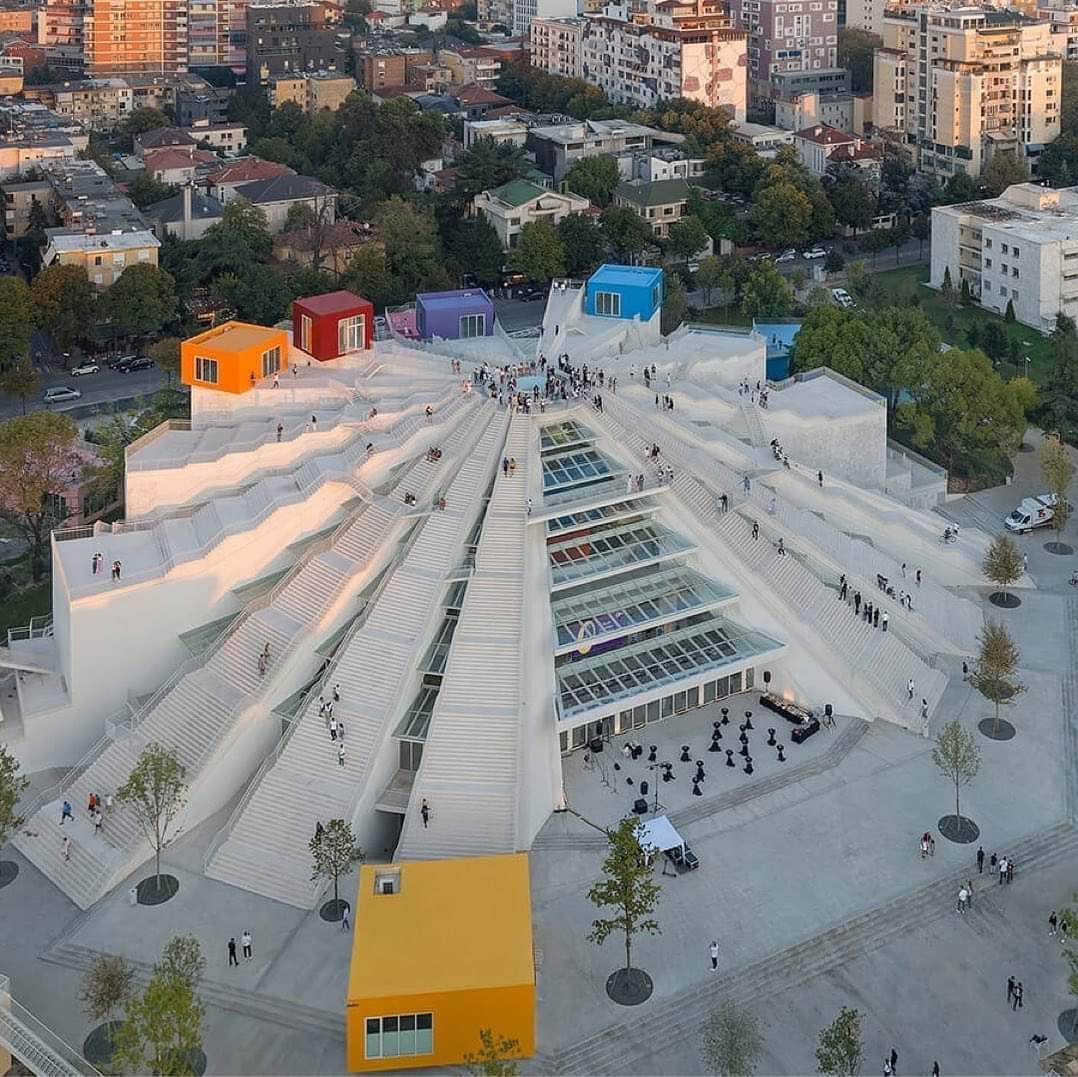
2.Skanderbeg Square and its main monuments
This is where Tirana’s premier monuments are all assembled, including the Clock Tower, Et’hem Bey Mosque and the National History Museum. It is named after George Castriot, the Albanian national hero, credited with halting the advance of the Ottoman Empire into central Europe.
There’s a monument to Skanderbeg in the square, which occupies the spot where a communist-era statue of Josef Stalin once stood. The architecture surrounding the square is neo-renaissance, and there’s a large lawn with flower beds to round off the stately atmosphere. Skanderbeg is the city’s main venue for popular celebrations, such as 100 years of Albanian Independence in 2012 and several concert shows and manifestations.
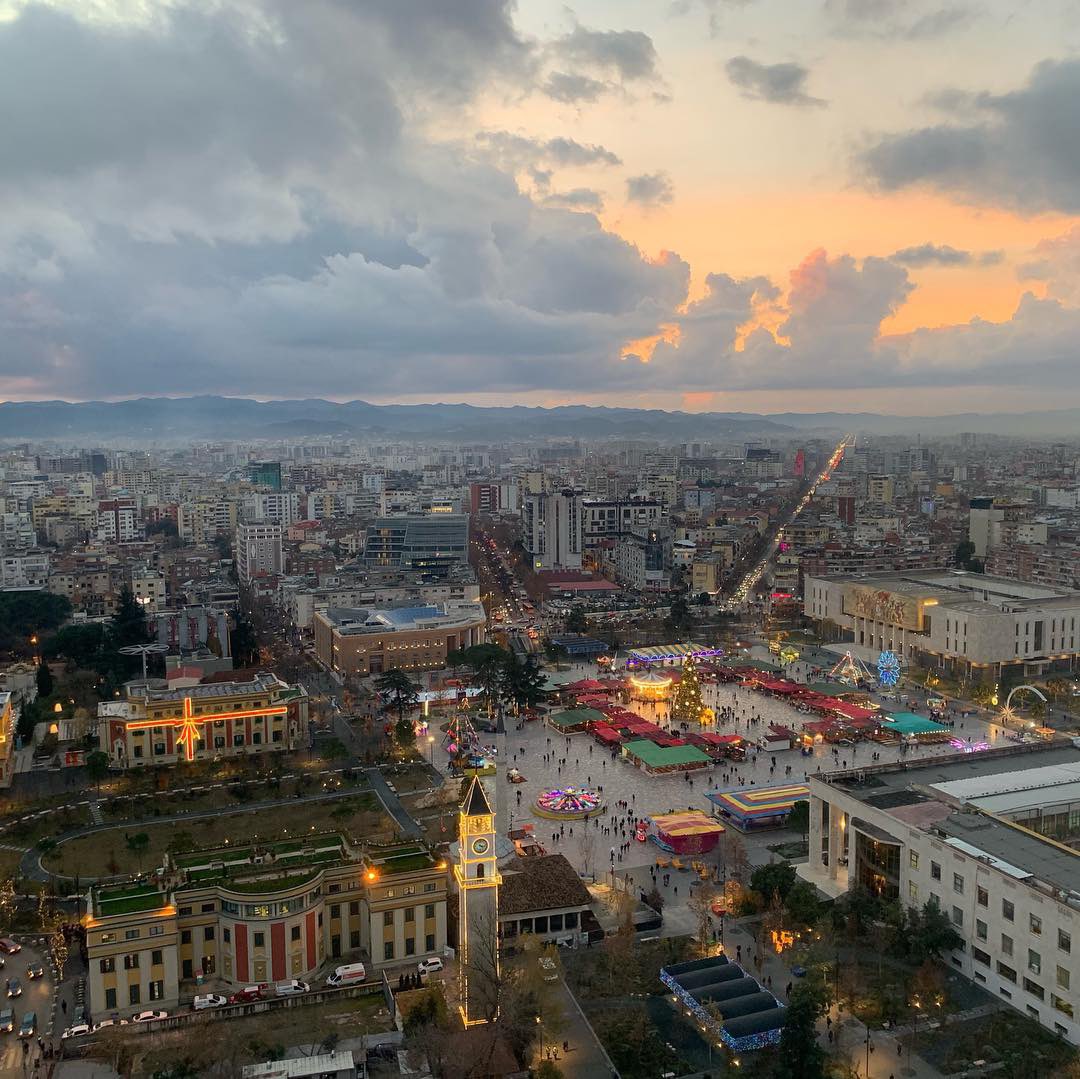
National Historical Museum, meet the history
One thing’s for sure – Tirana and Albania have a very complicated past. So if you need a point of entry this is the place to get some context. The museum is organised by pavilions, each covering a different period in the region’s history, from ancient times up to the 21st century. The most valuable in terms of archaeological wealth is the Pavilion of Antiquity, where there’s a great collection of almost 600 items spanning the late-Palaeolithic to the early-Middle Ages.
The most treasured exhibit is the Beauty of Durrës, which is from the 4th century BC and is the most cherished ancient mosaic in the country.
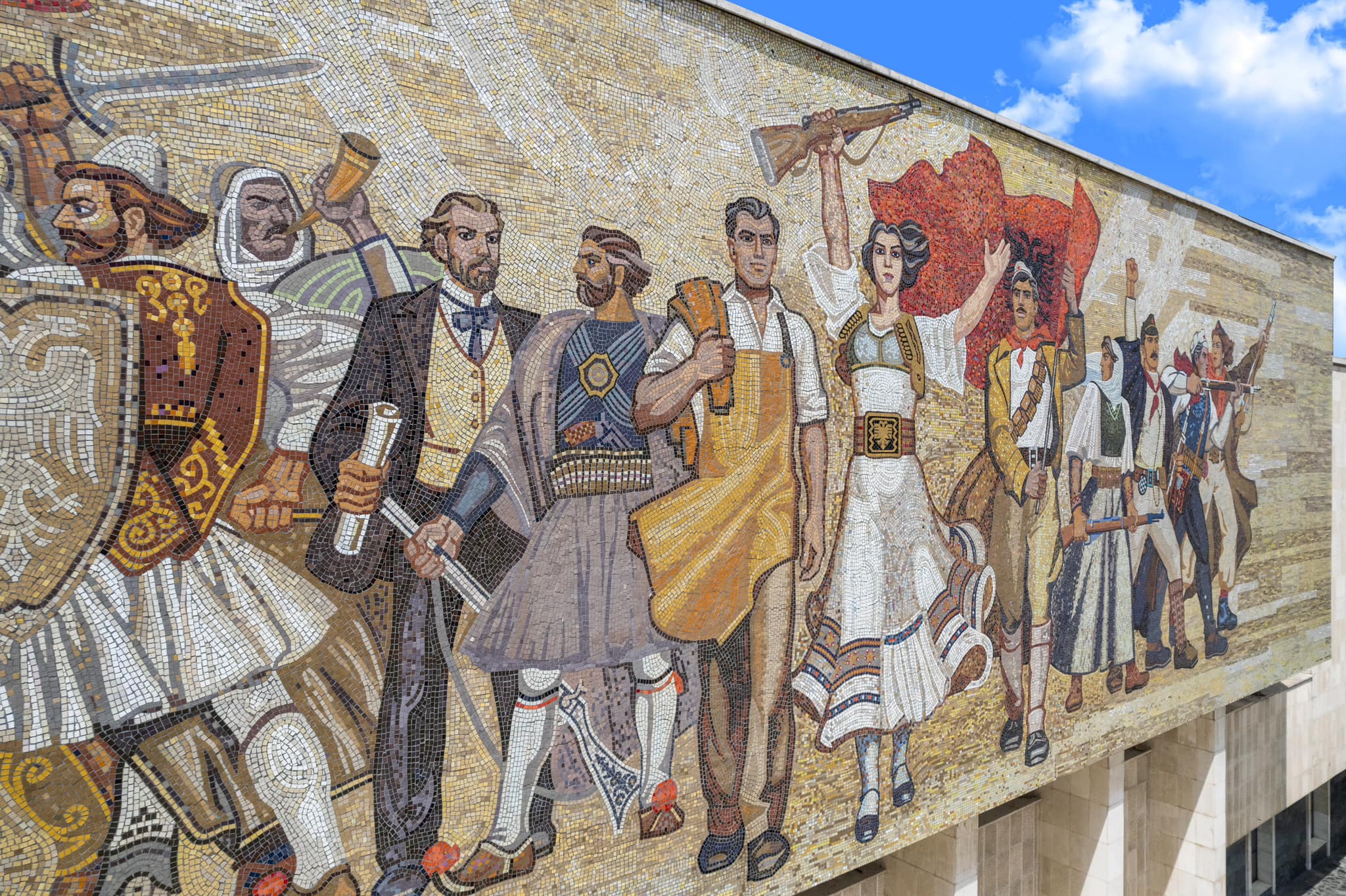
Et’hem Bey Mosque
This place of worship was completed in the early-19th century and is one of the city’s top landmarks.
At the fall of communism it was the site of one of the most remarkable events in Tirana’s recent history, when on the 10th of January 1991 10,000 people gathered to practise their religion, against the decree of the authorities who had banned Islam for almost half a century. In the end there was no police interference and the event marked a turning for religious freedom in Albania.
The outer walls of this mosque are unusual as they depict idyllic scenery such as forests and waterfalls, which aren’t normally permitted in Islamic art. Now the mosque is one of the most visited objects in Albania.
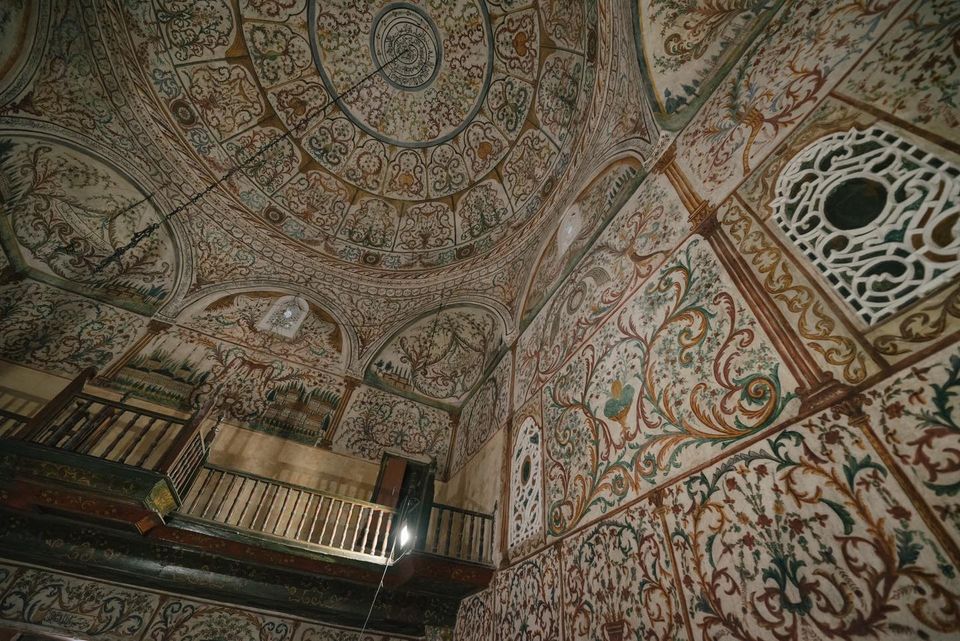
Clock Tower
One of the city’s most photographed landmarks, especially when it’s illuminated at night, the Clock Tower goes back to 1822 when it was completed by the court poet Haxhi Et’hem Bey. You can scale the tower’s narrow spiral staircase free of charge and take in the lovely vistas of Tirana’s city-centre.
One of the curious features of the tower is its clock, which has been altered several times in building’s history. The first was a Viennese design, which was replaced by a German-style timepiece which was destroyed in the Second World War.
After that there was one with Roman numerals that came down in the 70s in favour of the current Chinese clock.
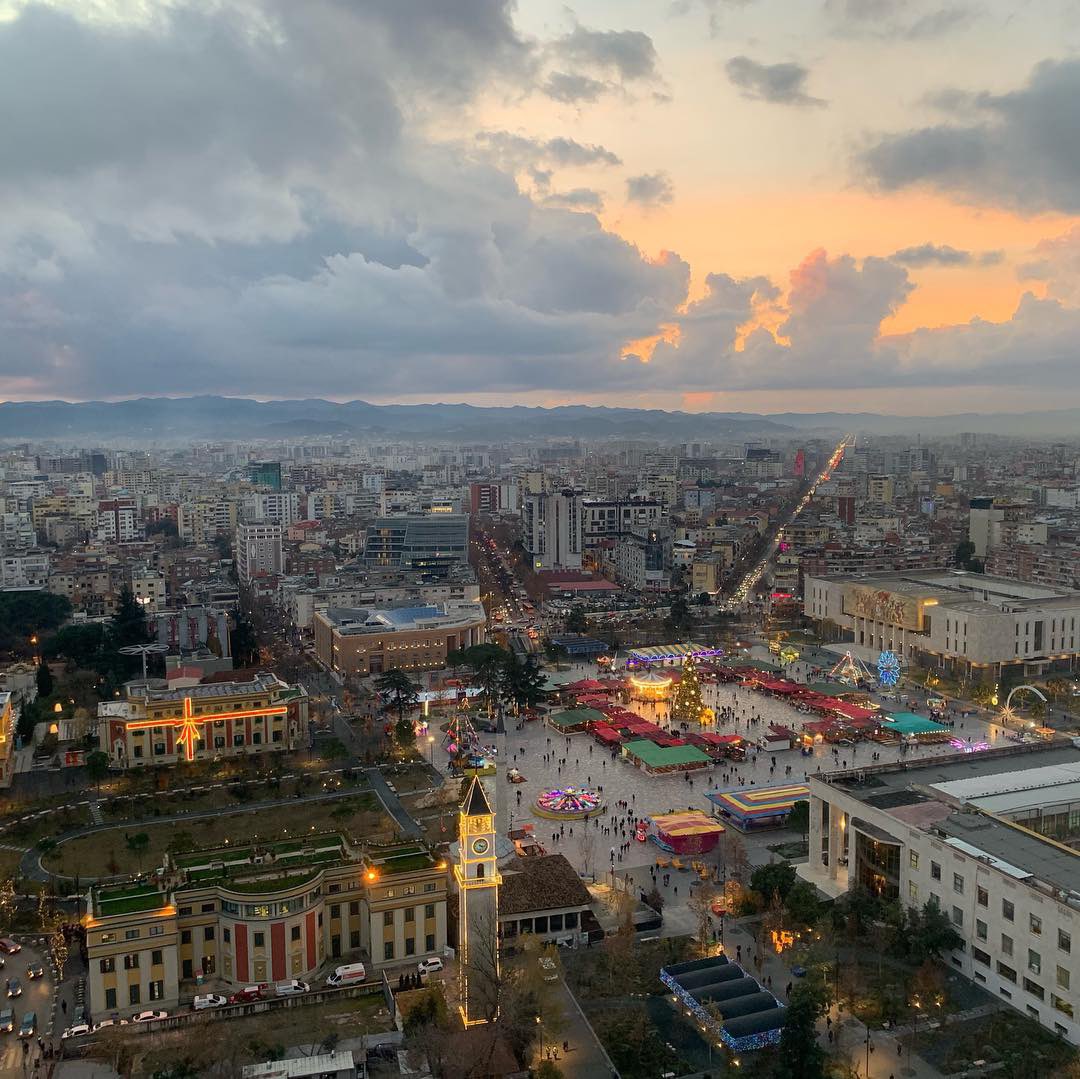
- Tirana Castle
A pedestrianised street in the centre of Tirana, “Murat Toptani” is a handsome promenade between the Parliament Building and the National Art Gallery. The name of this popular artery comes from the Toptani Family, who held sway in Ottoman Albania from the 1700s right up to the Second World War. The street is especially grand in summer when the twin rows of plane trees offer shade from the sun.
Along the route you can admire some of the city’s old fortifications, dating to the time when the Toptanis vied for control of Tirana with other powerful local families.
Now, in addition to an attractive street, this area is practically the most visited attraction in the capital because from five years now the Castle of Tirana has turned into a pedestrian area, graced with bars and restaurants, traditional and elegant, shops with local products and artistic spaces , offering an irresistible charm, mixed with the classic tradition of centuries past. The number one spot in the capital!
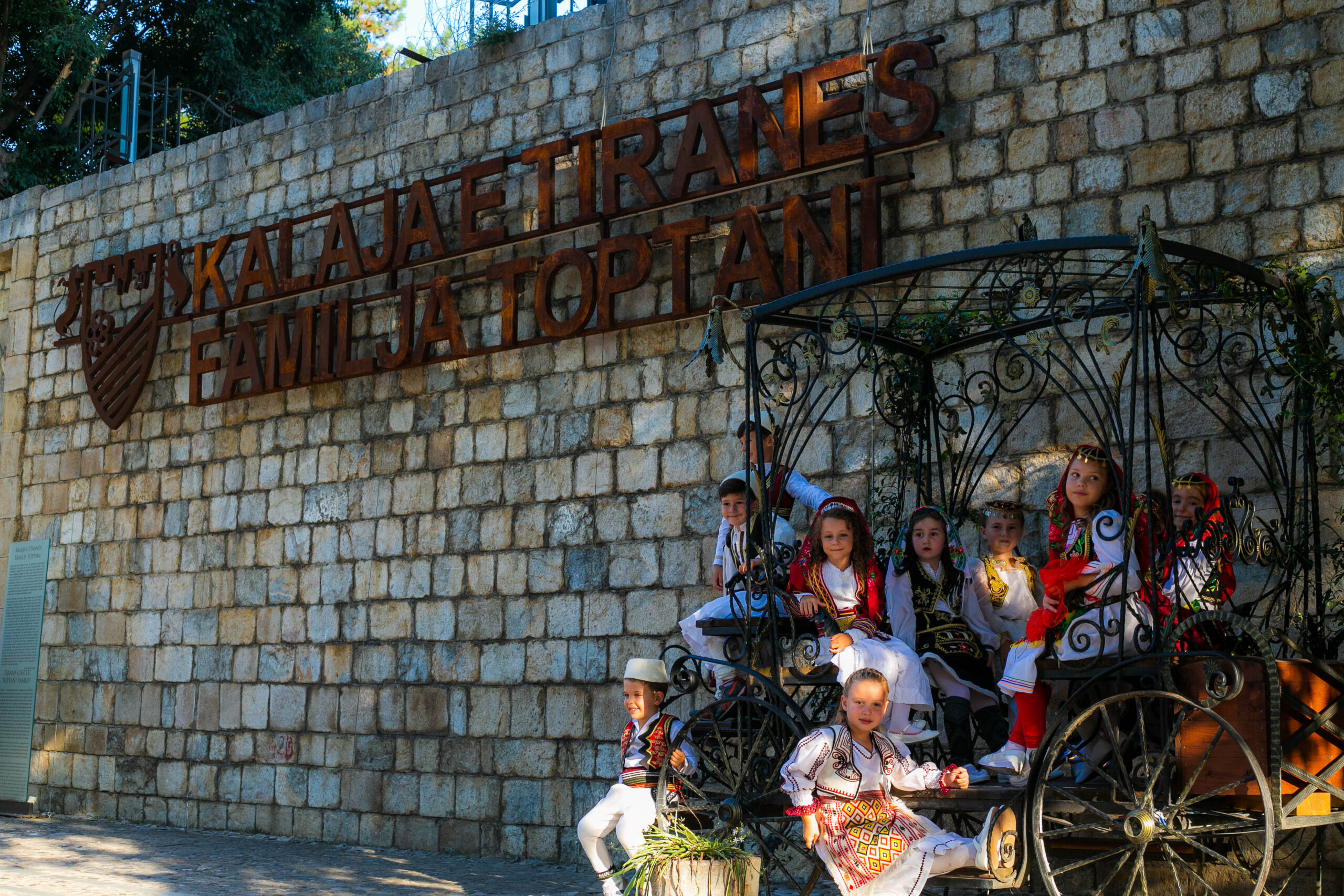
- New Bazaar
The New Bazaar was established in 1939 and through the following years it kept on prospering and developing. Its establishment came as a necessity, due to the continuous increase of the trade activity which could not be afforded any longer by the only Old Bazaar. After the demolition of the old Bazaar in 1959, the new Bazaar remained for a long time the only trading centre of meat, fish, vegetables and fruits in Tirana. The territory of the Old Bazaar started from the Suleiman Mosque and continued till the area where nowadays is situated the building of National Library.
The Bazaar together with the neighbourhood of Mujo is located in one of the oldest areas of the city. Even today, the new Bazaar continues to be one of the largest markets for meat, fish, vegetables and fruit trade in town. The Municipality of Tirana, with the support of the Albanian American Development Foundation, reshaped this area and turned it into a business development area to provide a new investment model and community space. The New Bazaar is a space that operates 24 hours, with the biggest focus on product trade in the morning hours and in afternoon on culinary issues, for the restaurants around and the development of artistic and cultural activities such as festivals, fairs, etc.
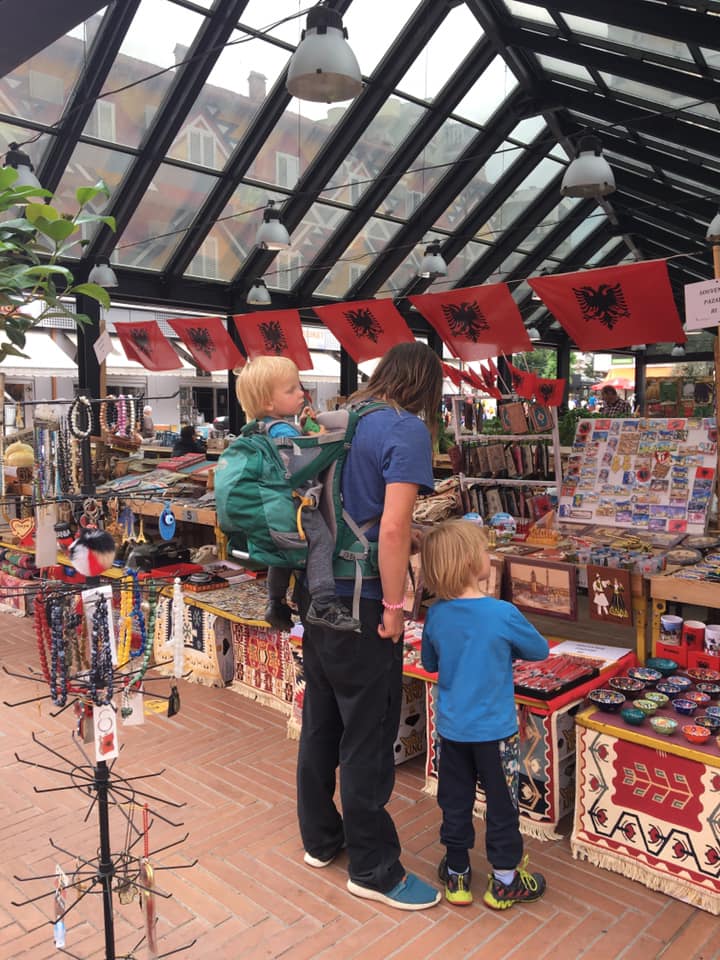
- Bunk’Art 2
This extraordinary attraction puts Albania’s recent past into perspective. Bunk’Art is an underground bunker that was constructed for Tirana’s communist-era politicians and military top brass in case of nuclear war.
What’s astounding is the scale and detail of the shelter: It’s set over five stories, and has more than 100 different rooms including a meeting hall with 200 seats.
The goal of the attraction today is to help people come to terms with a troubled period in the country’s history, but will enthuse people who enjoy Cold War-era installations and communist design.
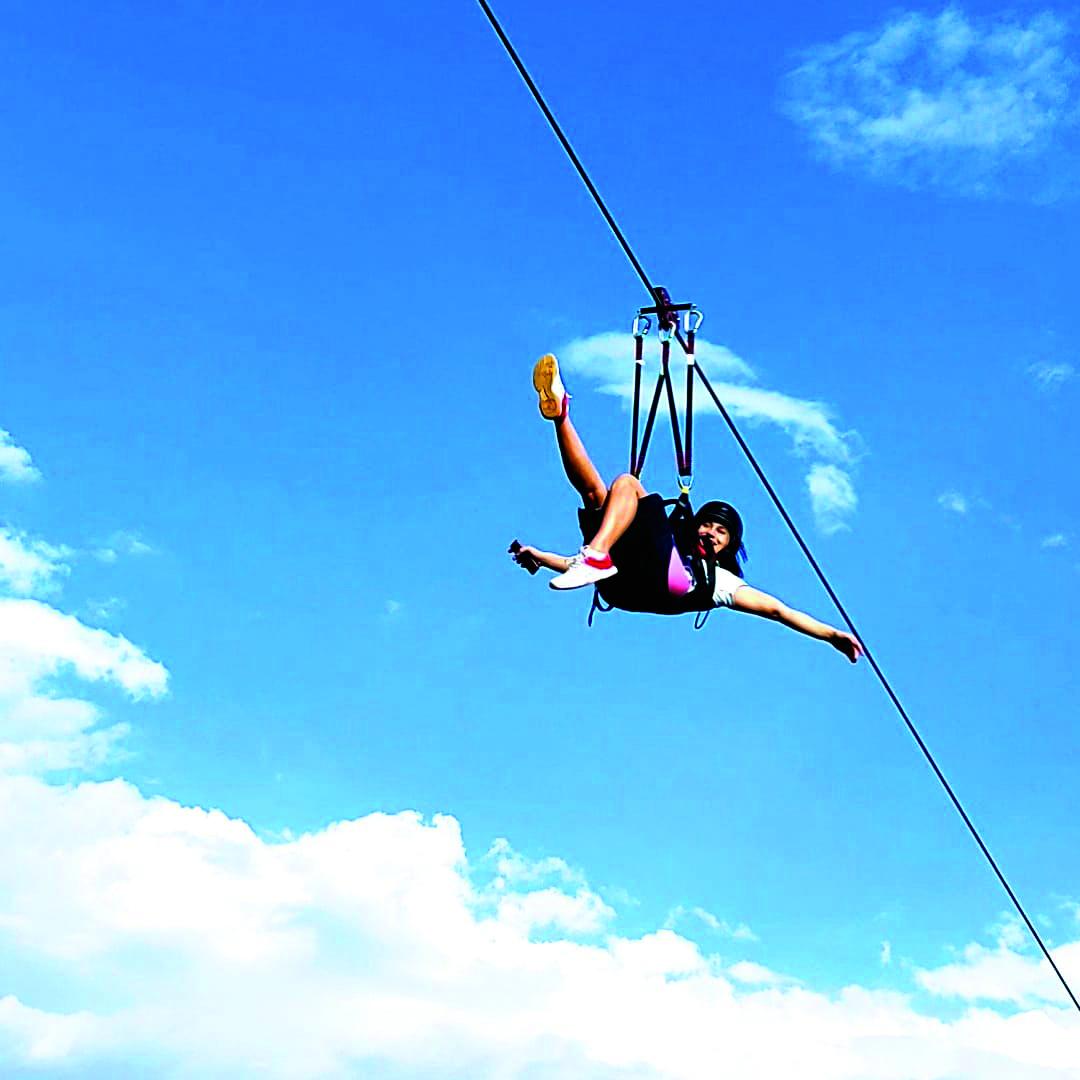
- Tanners’ Bridge (Tabakëve)
This minor attraction is from the 1700s and is a fascinating fragment of Tirana’s Ottoman history, giving an impression of how the city went about its business in the years after its foundation.
These days it’s a humble stone pedestrian bridge, but when it was built it was the main route for farmers to bring their livestock into the butchery and leatherworking district. Today the Lanë River that the bridge used to traverse has been redirected, so the bridge is kept as a monument.
From the bridge you can also see the Tanners’ Mosque, which was constructed by the Tanners’ guild in the 1700s.
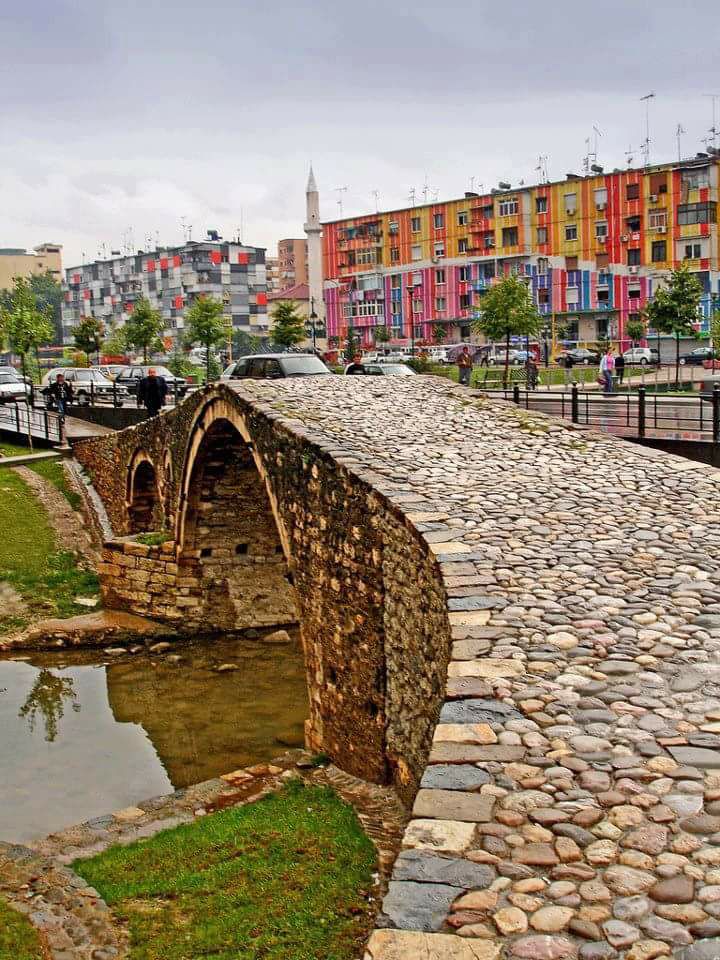
- National Arena Stadium
Known for sponsorship reasons as the Air Albania Stadium, uit is an all-seater, multi-purpose football stadium located in the capital city of Tirana which was built on the ground of the former “Qemal Stafa” Stadium. The stadium has a seating capacity of 22,500 constituting the largest stadium in Albania. The stadium is owned by the governing body of Albanian football, the Albanian Football Association (FSHF). Designed by Marco Casamonti of Archea Associati, the structure of the stadium is a peculiar multi-faceted form (an 8-faceted rectangle) so that each side allows access to distinct functions. At one corner of the stadium structure is an 112-metre tall tower (24 floors). Each facet accommodates different streams, thus identifying users of private areas, such as the hotel tower, shopping areas and stadium spectators. Within the stadium premises is a museum with the football artifacts and historic objects abuth the Albanian football and other sports.
In May 2022, the stadium hosted the first ever Europa Conference League final between AS Roma and Feyenoord Rotterdam.
- A panoramic dinner at the rolling Sky Club
A few years ago, one of the unmissable experiences if you visited Tira was definitely enjoying a dinner or an aperitif on the top floor of the Sky Tower, in the Sky Club panoramic restaurant, where while enjoying dinner or drinks with friends, a platform rotating, to bring before your eyes Tirana in 360 degrees. Unfortunately for visitors in recent years, this attraction has been missing because the tower has been under reconstruction. But here comes the good news, since December 2023, Sky Club returns more beautiful and several floors higher, to everyone’s satisfaction and offering you a naturally much changed Tirana.
Are you up for a drink with friends?
- Museum of Natural Sciences
Named “Sabiha Kasimati” in honor of the Albanian scientist, the museum was constructed in 1948. It was once located in the building of former Radio Tirana, on Kavaja Street. Now, it is housed in a new building with many pavilions displaying the rich fauna and flora of the Albanian territory. Many documented collections of plants and animals are preserved in this museum since 1900. The museum is part of the Research Center of Albanian Environment and Biodiversity. Exhibited in the pavilions of the museum, there are more than 3000 native and foreign species arranged to demonstrate the direction of the natural evolution. The museum is an important institution, a place where foreign visitors and tourists can learn many interesting facts about the rich Albanian flora and fauna. They are evidence that the country is home to rare natural elements in the Balkans and Europe.
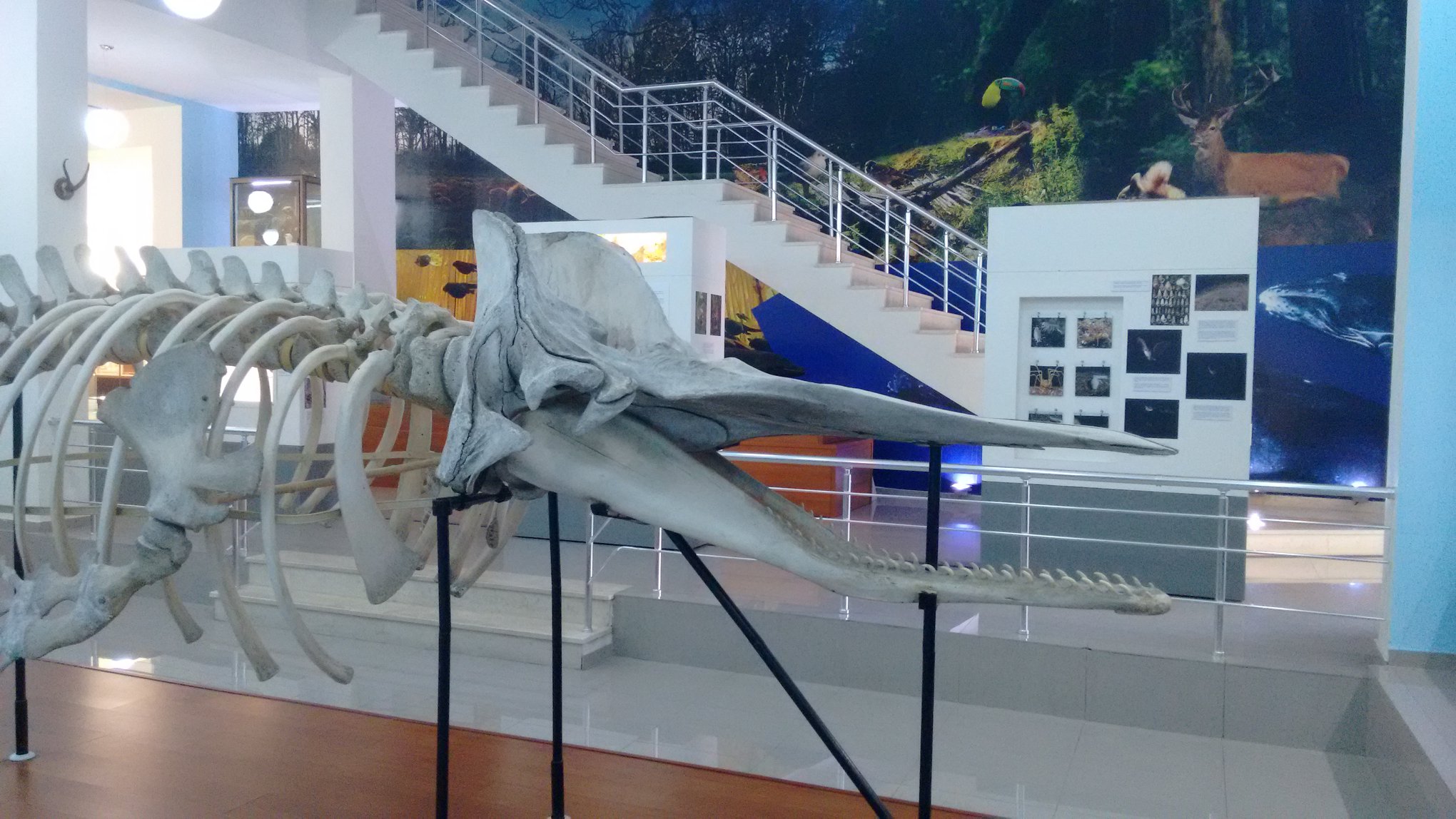
10.Dajti always an attractive mountain
You can have a thousand reasons to visit Dajti, but undoubtedly the first one should be “go there by the Cable-car”. This cable-car is a fun family day out and a superb introduction to the city, taking you up by gondola to the dramatic mountain on Tirana’s eastern edge. The cable-car spans a kilometre, making it the longest in the Balkans, and rises more than 800 metres up the mountainside. The journey will take about 15 minutes and at the top there’s Dajti Ekspres waiting for you, to offer an exciting experience. Of course the view over the city will be memorable, but there are also year-round activities on the table, including trekking and horseback riding in summer, and skiing in winter.
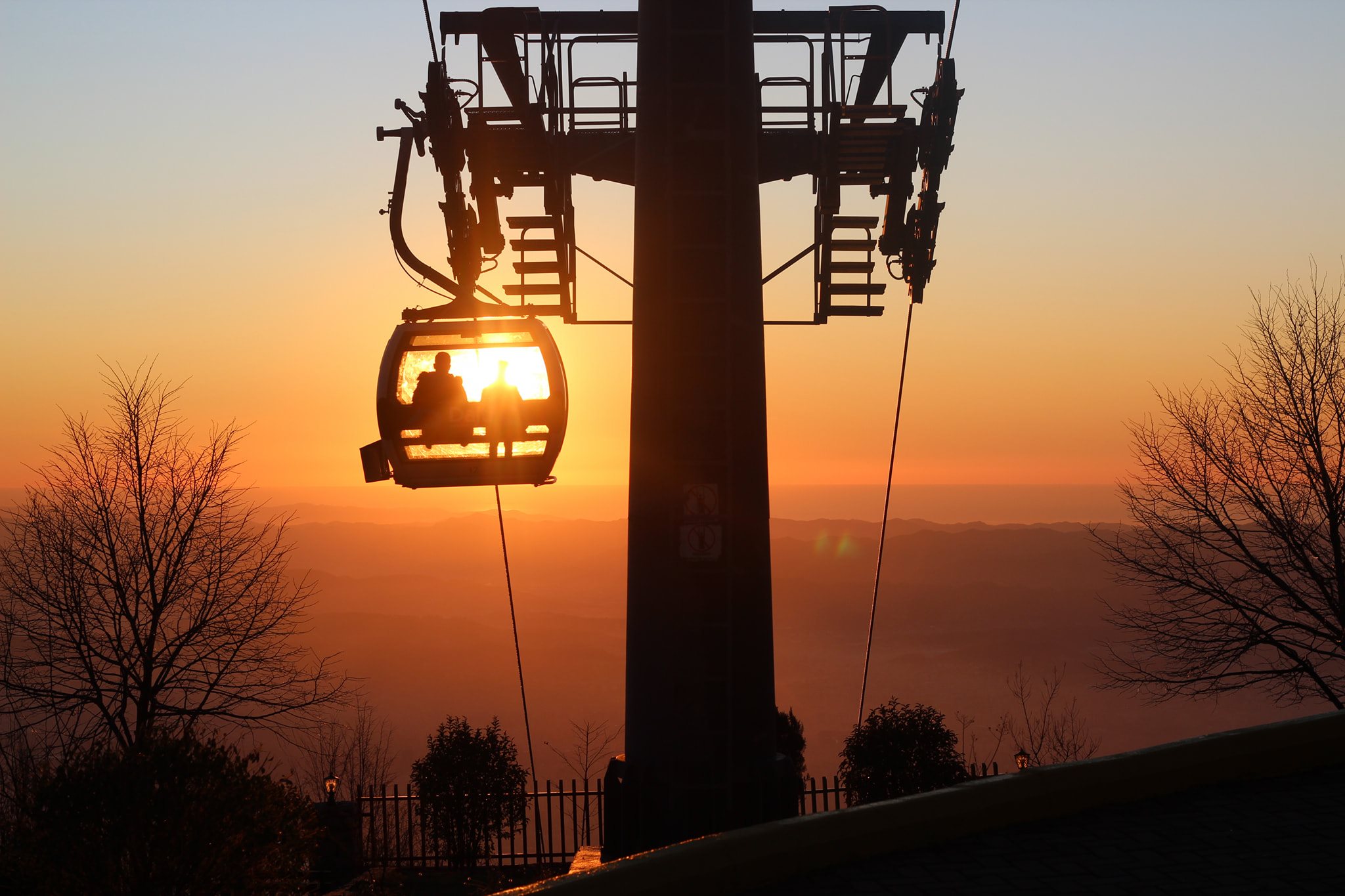
- Grand Park of the Lake & the Presidential Palace
Just south of the prestigious Blloku district is Tirana’s Grand Park, which is the city centre’s top spot for fresh air and a bit of exercise. It covers 230 hectares and encloses a large artificial lake.
Famously the Presidential Palace can be found here, which was originally designated as a residence for King Zog I, but was completed just a few years before communism. There are also tombs to several Albanian national heroes in the park, among them politicians, writers and philosophers.
Throughout the year you can find people fishing on the lakeshore, which indicates the improving water quality, while outdoor swimming is available in summer.
- An olive oil tasting tour in Marikaj, Vorë
Located in the center of Marikaj, Subashi factory uses the cold and continuous oil extracting system. Subashi Olive Oil Factory has participated in different competitions and has won several prizes. Marikaj’s hills, of which olives this factory is furnished from, are rich in olives whose age varies from 15 years, 60-70 years, 400-500 years and 800 years old to a couple of thousand years old for a few of them. In this olive grove you can find all kinds of flora and fauna of the area like the edible plants and flowers, aroma plants, different spices, etc. In the surrounding area you can take a tour to the old church near Kuçi, to Marikaj Lake, to the Oil Mill and shop, etc. Subashi Oil Factory offers about 35 products made of plants from its olive grove. They can be tasted in the factory premises accompanied by other local products.
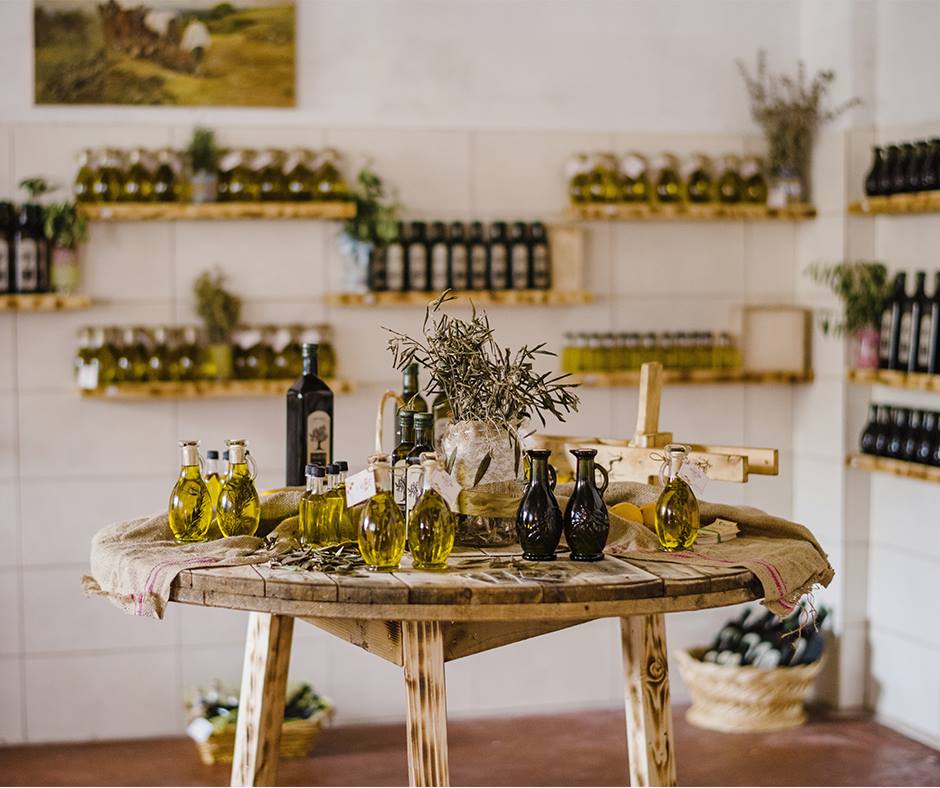
- Preza Castle
Northwest of the city is this 15th century fortress that stands high over the village of the same name. It was built and belonged to the feudal Thopia family whose estates covered the area between the Shkumbin and Mat Rivers.
In its day the structure would have been an outpost built to defend the area against bandits. The pentagonal-shaped castle’s value now lies in its intact walls and towers, including a clock tower that was installed in the 1800s.
From the battlements you’ll get far-reaching panoramas over the plain, out to the city of Tirana and the mountain range behind it.
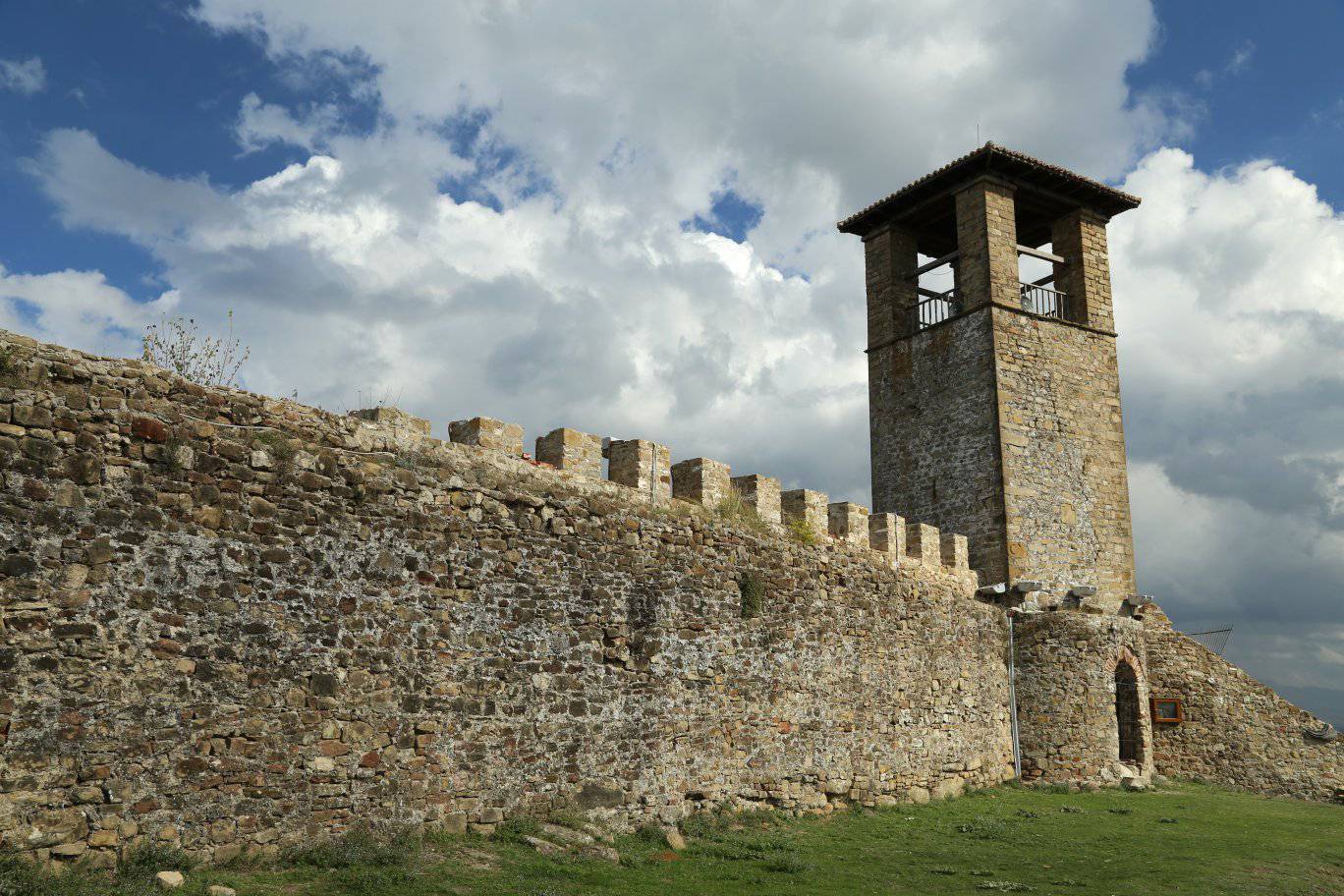
- Zip line in Petrelë, a flight over the river
Zipline Albania, the awesome experience at the longest zipline in the Balkans
The station is located in Petrele, a historical village 15 km south of Tirana, the capital of Albania. The place is easily accessible and you will notice the signposts at the side of the street once you are driving up the hill that takes you to the centre of the village and the Castle of Petrele. It is the first zipline in Albania, the longest one in the Balkans and among top 10 longest in Europe. It is 1250 m long and the “flight” lasts around 1 minute and 30 seconds. It also depends a little bit on your weight whether you go faster or a little bit slower.

- Bovilla Lake, a great escape from the ordinary
In Europe it’s unusual to find a national park right on the doorstep of a capital city, so don’t pass up the chance to venture out further into the mountain range that forms Tirana’s eastern boundary.
If you want to really get out and experience the natural scenery here, take the trail that connects Mount Dajti with Mount Tujani, which rises to 1,580 metres. This peak is the highest in the park and can be scaled on foot if you’re a regular hiker.
The view from the top is what the effort is for, not least because it includes the vast water reservoir, Lake Bovilla. Surrounding this lake are sheer cliffs that also provide some excellent climbing walls.
